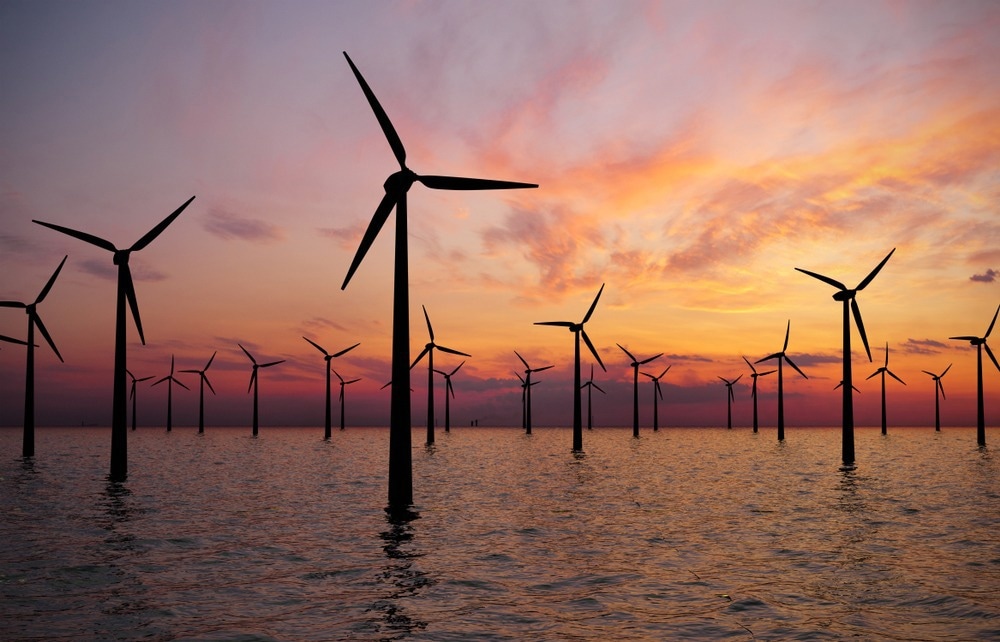Because the wind blows steadier and stronger offshore than it does on land, floating offshore wind farms are designed to maximize the potential of offshore wind energy. Launched in January 2024, the TAILWIND project will provide cutting-edge station-keeping technologies intended to keep floating offshore wind energy farms in place using creative mooring lines and anchoring systems.

Image Credit: TebNad/Shutterstock.com
The advancement of these technologies will pave the way for FOW farms to become more sustainable and effective globally, resulting in real cost savings and a decrease in reliance on primary raw resources.
We are proud to kick off this important project with a world-leading consortium bringing industry and research together to develop more sustainable and cost-effective solutions for mooring floating wind turbines, and we believe that TAILWIND has the power to deliver critical step-changes to industry practice, and look forward to seeing the project develop over the next few years.
Thomas Langford, Director, Offshore Energy, Norwegian Geotechnical Institute
The main factor enabling the project's value development in the wind energy industry will be sustainability. The marine habitat will not be harmed by the mooring lines made of new, recyclable synthetic materials.
The acceptance of these new technologies as a catalyst for increasing the amount of affordable wind power in the energy mix will be investigated with the participation of citizens and a wide range of stakeholders.
Because the novel mooring and anchoring options are more cost-efficient, TAILWIND aims to significantly reduce the levelized cost of electricity (LCOE) produced by farm-owned wind turbines (FOW) by preventing supply chain bottlenecks and increasing supply chain dependence.
To support the innovation put forward by TAILWIND, ICONS has a two-fold commitment to communicate and disseminate the project to the key actors in the energy transition value chain, and to contribute to an integrated impact assessment of the results, in terms of economic, social and environmental sustainability.
Chiara Palazzetti, Project Management Officer, ICONS
The objectives of the "REPowerEU" Plan and the "Fit for 55" package, which seeks to quicken the adoption of renewable energy sources, diversify energy sources, and produce steady energy savings, are furthered by this project.
The TAILWIND consortium consists of NGI – Norwegian Geotechnical Institute (Norway), TU Delft – Geotechnical Engineering Section (Netherlands), Danmarks Tekniske Universitet (Denmark), SINTEF Ocean AS (Norway), Fundación Tecnalia Research & Innovation (Spain).
Additionally, Nautilus Floating Solutions (Spain), Bekaert Wire Rope Industry NV (Belgium), Subsea 7 Norway AS (Norway), Fondazione ICONS (Italy), Clarke Modet Y Compania S.L. (Spain), NKT Cables Group A/S (Denmark), Bridon International LTD (UK), University of Southampton (UK) are also part of the consortium.